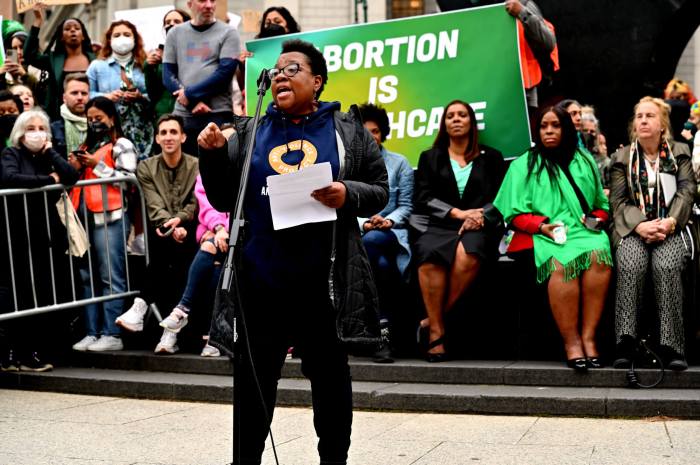By Dustin Brown
Updated census figures released last week revealed Queens’ population dropped by about 200 residents between 2001 and 2002, reflecting a decline of some 6,000 in the number of people moving into the borough or staying there.
But the new statistics were tallied without any information about changes in international migration, which may prove to be a significant component of the borough’s population shift after Sept. 11, 2001.
The first numbers that the U.S. Census Bureau has released documenting the period immediately following the terrorist attacks show that the borough’s population fell by 209 residents between July 1, 2001 and July 1, 2002 — dropping from 2,238,024 to 2,237,815.
Out of the other boroughs only Manhattan showed a population drop, down by 2,153.
In the prior year from 2000 to 2001, the population in Queens had climbed by 6,182 people.
The latest year’s decline was fueled by a slight rise in domestic migration out of Queens. Although in any given year more people leave the borough for others part of the country than those arriving from around the nation, that figure increased by 5,910 compared to the previous year.
“For domestic migration either fewer people came to Queens or more people left,” said Andrew Beveridge, a sociology professor at Queens College.
In a typical year international migration would make up for that loss because more people typically enter Queens from foreign countries than leave for them.
But any changes that may have occurred in international migration were not included in the new data. The same number from 2000 to 2001 was used in the data for the most recent year, showing 39,532 more people coming in than leaving.
“They didn’t have any newer data on international migration, so they held it constant,” Beveridge said.
For Queens, a county that derives much of its growth from immigrants, the absence of international data leaves an enormous question mark regarding changes in population in the year following Sept. 11, 2001.
“I would speculate that this may underestimate the problem, because there’s probably a corresponding drop in international,” Beveridge said.
Immigrant advocates have observed an apparent decline in some populations, particularly among groups that are being targeted by the country’s mandatory registration program, such as those from Bangladesh and Pakistan.
“From the communities themselves there’s a sense that the communities are getting smaller,” said Parag Khandhar, the assistant director at the Asian American Federation of New York, which has an office in Forest Hills. “It’s a combination of people moving out and not as many people coming in.”
The new numbers were tallied largely based on the files of the Internal Revenue Service, which can track people’s movement within the country based on the addresses they list on their annual tax returns, Beveridge said.
Reach reporter Dustin Brown by e-mail at Timesledger@aol.com or call 718-229-0300, Ext. 154.































